How to Handle Odor Issues in Food Packaging Bags: The Role of Digital Printing Technology
Food packaging is a critical component of maintaining food safety, quality, and shelf-life. One of the common challenges faced by manufacturers is the issue of odors in food packaging bags. These odors, whether they come from the packaging material itself or external factors, can negatively affect the product inside and damage the consumer’s experience. In this article, we will explore how odor issues in food packaging bags can be addressed, with a particular focus on the role of digital printing technology in mitigating these problems.
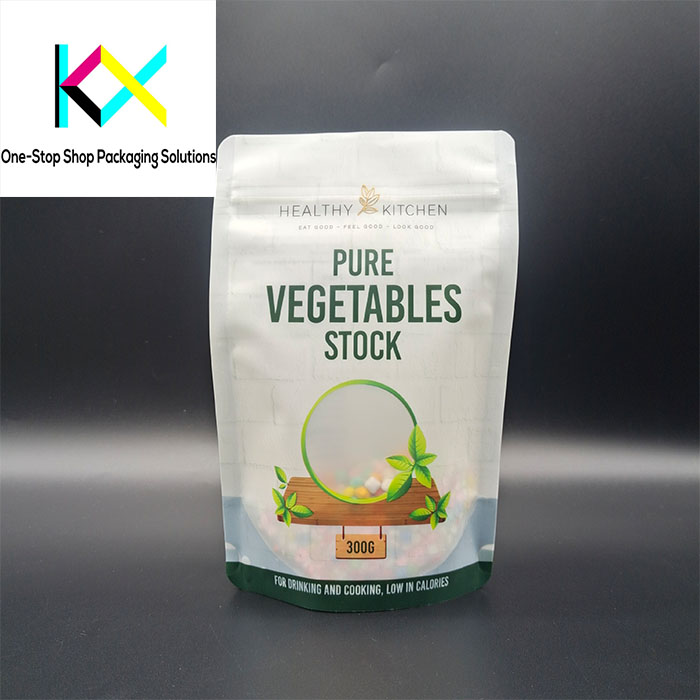
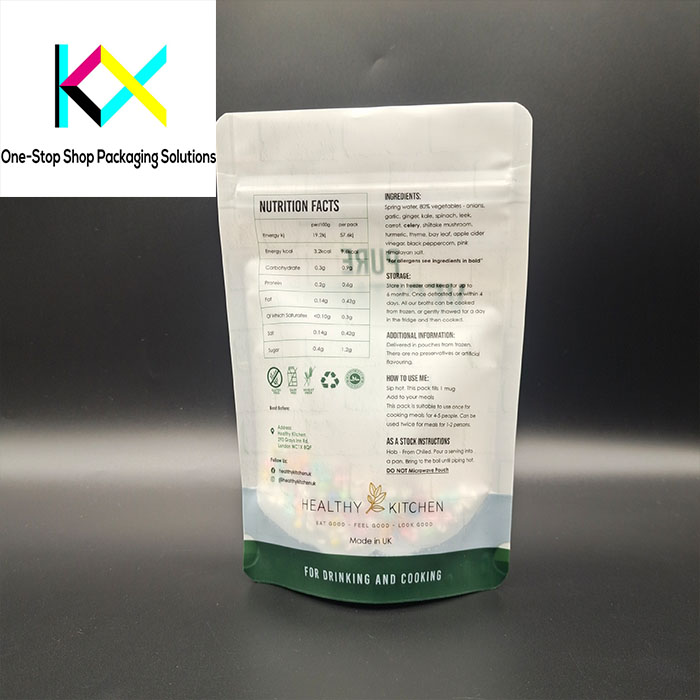
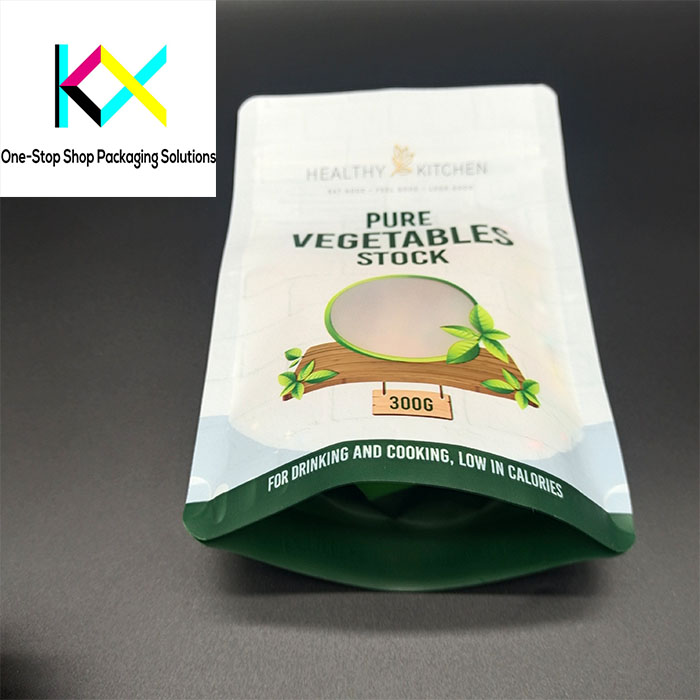
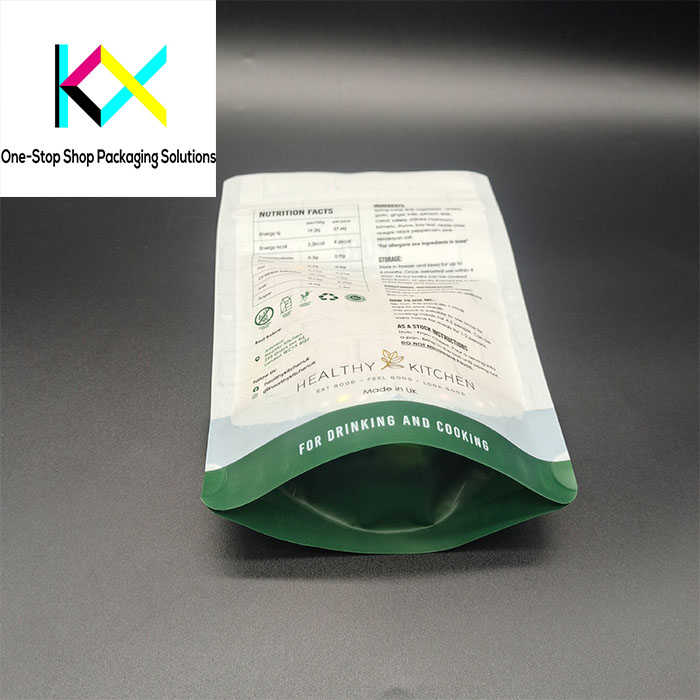
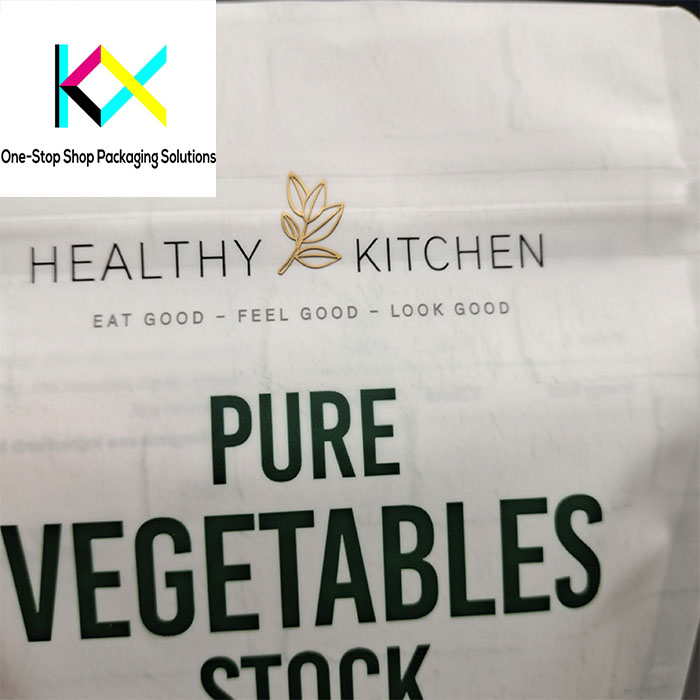
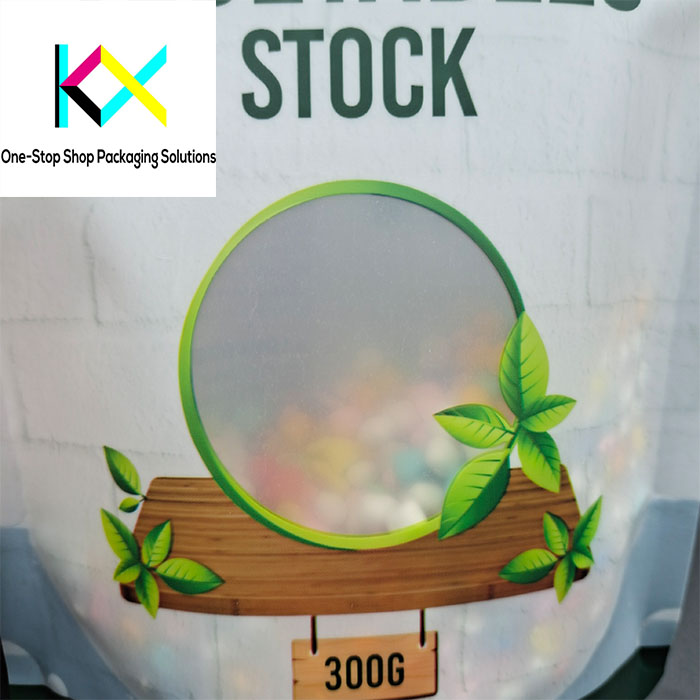
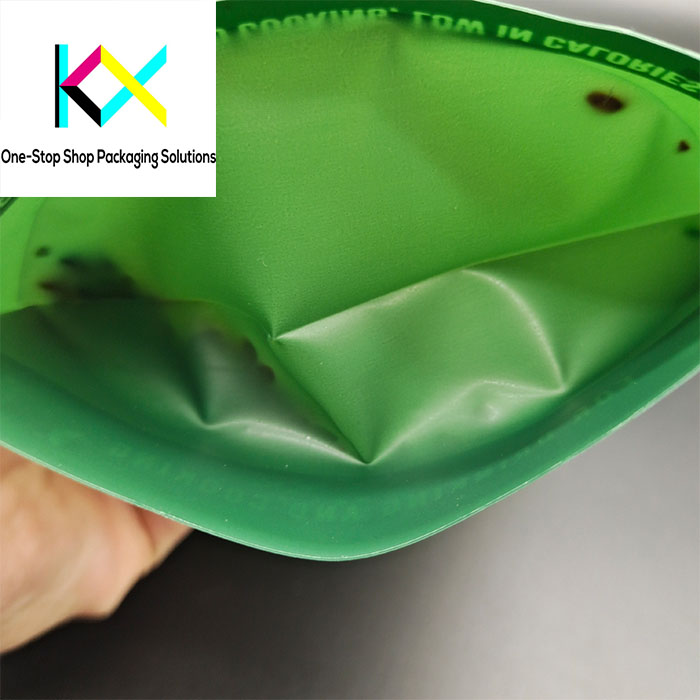
1. Sources of Odor in Food Packaging Bags
The presence of unwanted odors in food packaging can originate from several sources. One of the most common reasons is the materials used in manufacturing the packaging itself. For example, certain plastics or films, such as low-quality polyethylene or polyvinyl chloride (PVC), can emit off-gases that may lead to a chemical or plastic-like odor. Other materials, like paper or cardboard, may absorb moisture or oils from the food, leading to a musty smell.
In addition, improper storage or handling during production and transportation can introduce contaminants like mold, mildew, or bacteria, which contribute to unpleasant odors. Packaging that is not properly sealed can also result in cross-contamination, where the packaging material absorbs strong-smelling substances from the environment, which then transfer to the food.
2. Solutions for Odor Control in Packaging Materials
Addressing odor issues in food packaging bags starts with selecting the right materials. High-quality, food-safe, and odor-resistant films, such as polyethylene terephthalate (PET) or bio-based plastics, can help reduce the risk of odors. Additionally, advanced packaging technologies like vacuum-sealing, modified atmosphere packaging (MAP), and oxygen absorbers can minimize the introduction of odors and extend the shelf life of food products.
Another important consideration is using odor-neutralizing agents in the packaging material itself. These agents are designed to absorb or neutralize unwanted smells, ensuring that the food inside remains fresh and free from contamination. Furthermore, proper storage conditions and handling during transportation can minimize the risk of odors.
3. The Role of Digital Printing in Addressing Odor Issues
When it comes to the visual appearance of food packaging, digital printing technology plays a crucial role. Traditional printing methods often involve inks that contain volatile organic compounds (VOCs), which can contribute to an undesirable smell in food packaging. However, digital printing is a cleaner, more environmentally friendly alternative that uses water-based or UV-cured inks, which are virtually odorless and contain fewer chemicals that might leach into the packaging.
Digital printing provides high-quality, detailed prints on a variety of packaging materials, including flexible films and biodegradable plastics, with little risk of off-gassing. This makes it a preferred option for food packaging, as it ensures that the ink used will not interfere with the product’s quality or aroma. Additionally, digital printing’s precise application of ink ensures that only the necessary amount is used, further reducing the potential for unwanted smells.
Moreover, digital printing technology offers a range of benefits when addressing odor control. It enables manufacturers to apply custom coatings to the surface of the packaging. These coatings can be designed to enhance odor barriers, offering an extra layer of protection between the food and the packaging material. For example, manufacturers can integrate odor-blocking layers into the printed designs, ensuring that packaging doesn’t absorb smells from its environment or transmit them to the food inside.
4. Benefits of Digital Printing in Odor-Free Packaging
In addition to reducing odors, digital printing technology provides several advantages for food packaging manufacturers:
- Customization: Digital printing allows for high-resolution, full-color prints, which are perfect for showcasing vibrant brand logos, product information, and marketing messages without compromising food safety.
- Short Run Flexibility: Digital printing is ideal for small production runs, making it cost-effective for businesses with fluctuating demand or seasonal products.
- Sustainability: Digital printing uses eco-friendly inks that are low in VOCs and require fewer resources than traditional printing methods, supporting sustainable packaging practices.
5. Conclusion
Odor issues in food packaging bags are a significant challenge for both manufacturers and consumers. By carefully selecting the right materials, using odor-neutralizing agents, and employing technologies like vacuum-sealing and modified atmosphere packaging, food manufacturers can minimize the risk of unwanted odors. Digital printing technology plays a vital role in this process, offering a clean, efficient, and sustainable method of applying high-quality, odor-free designs to food packaging. As consumers continue to prioritize freshness and quality, the combination of advanced packaging techniques and odor-control solutions will be key to ensuring that food packaging remains both functional and appealing, without compromising the product’s integrity.
You can visit our website to know more about our flexible packaging pouch:
